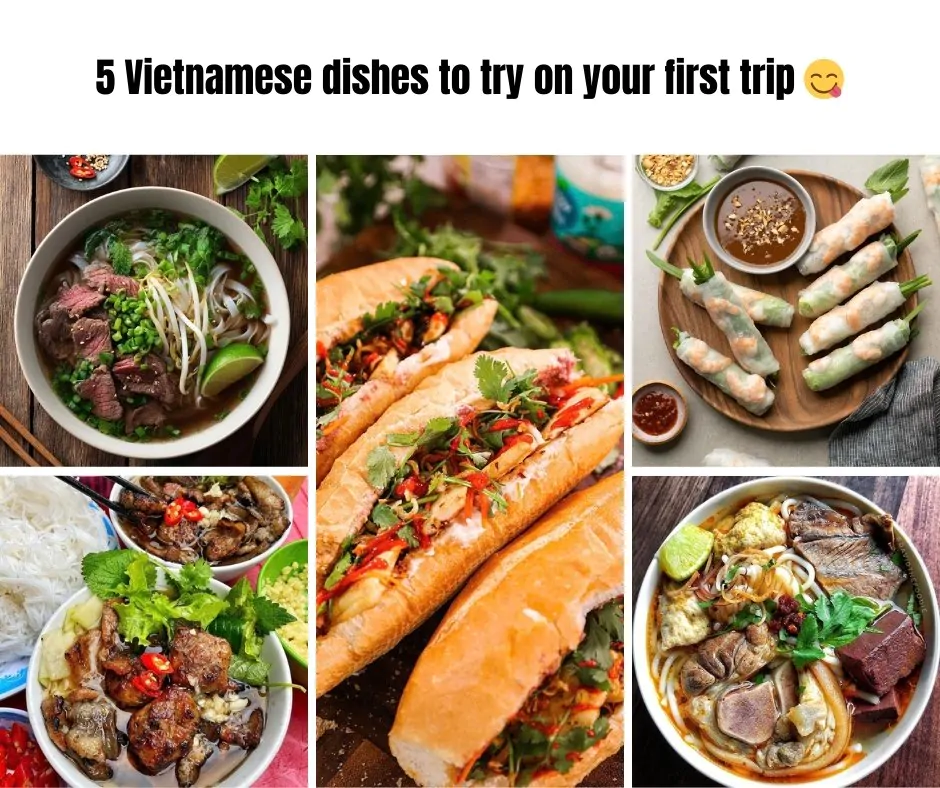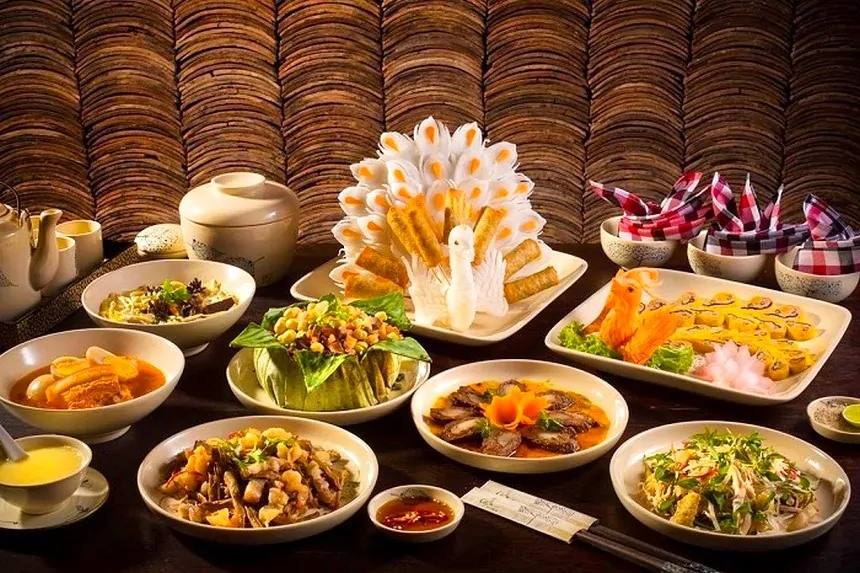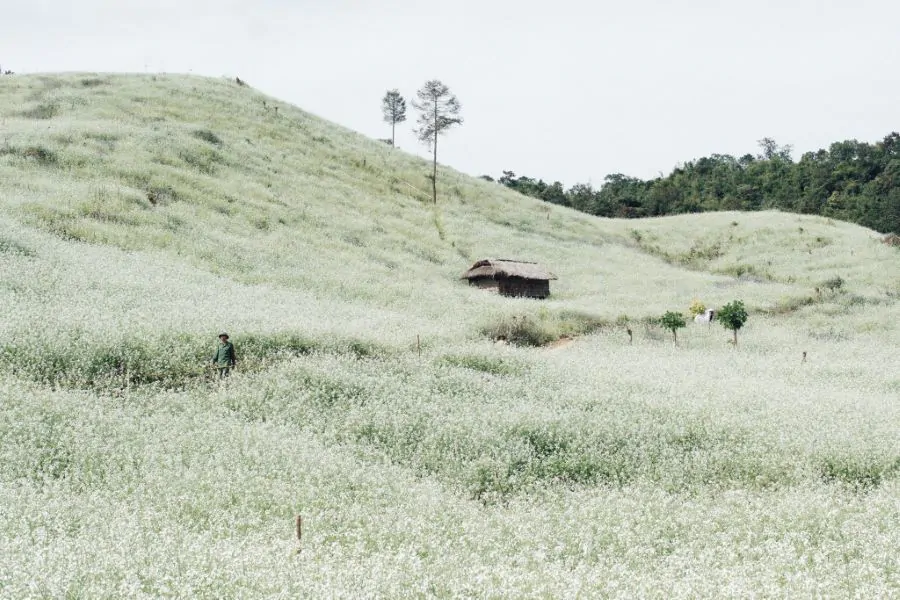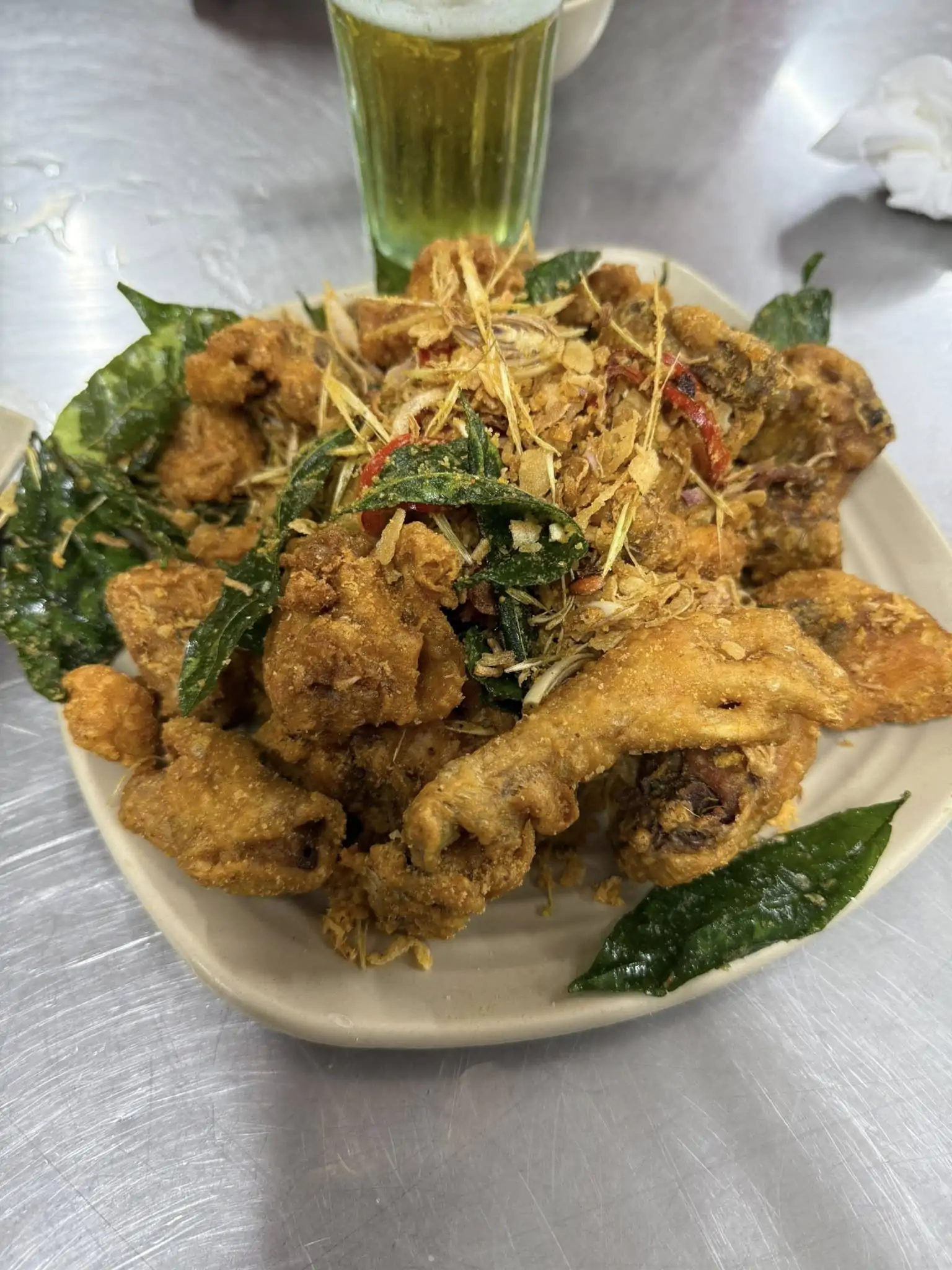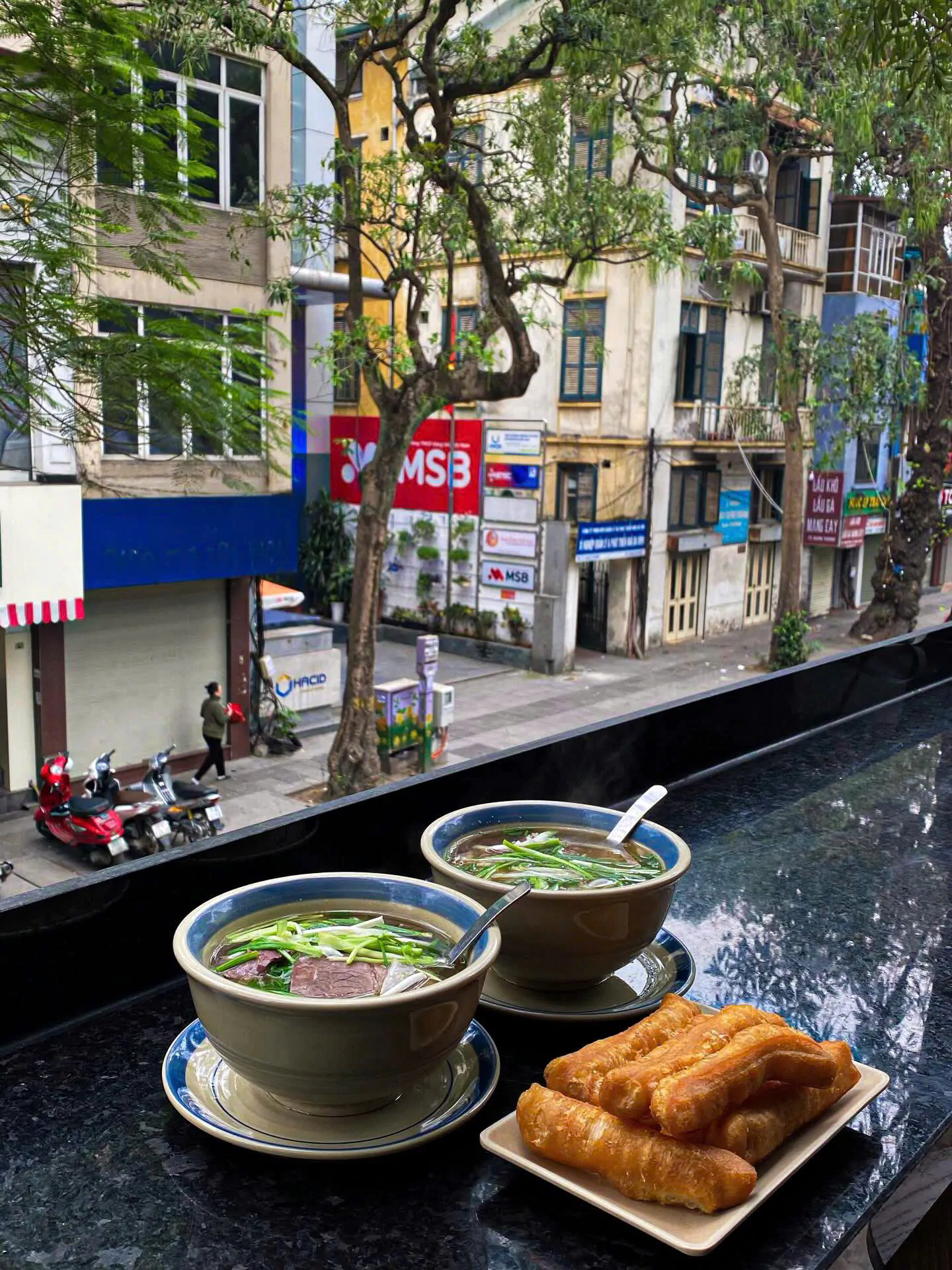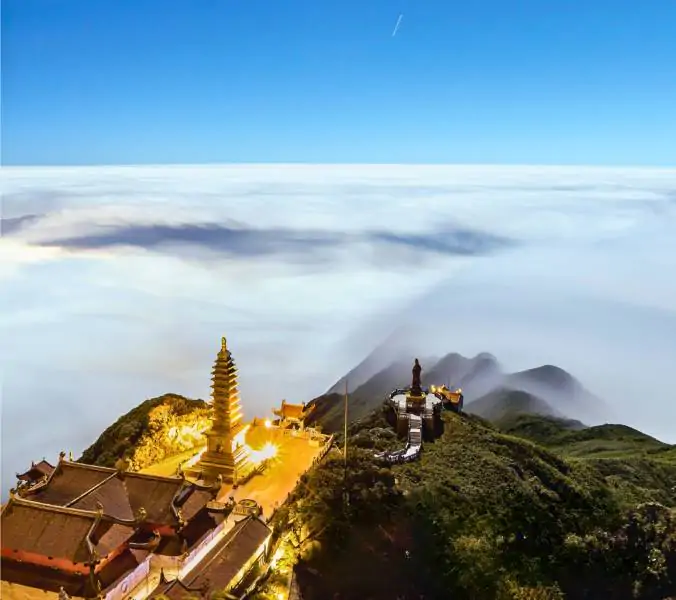Contents
Thai Hoa Palace (Throne Palace) in Hue Citadel
Hue, the imperial citadel of Vietnam, has preserved its historical values for hundreds of years and is recognized as a cultural heritage site by UNESCO. This city attracts numerous tourists who come to admire the nearly intact architecture of the ancient capital during Vietnam’s feudal period. Among the must-visit sites in Hue Imperial City, Thai Hoa Palace, also known as the Throne Palace, stands out as one of the most famous and significant structures.

Location: Hue Imperial City, Hue City, Thua Thien – Hue Province
Opening hours: 06:30 AM – 05:00 PM
Ticket fee: Adults: 150,000 VND; Children from 6–12: 30,000 VND
Ticket prices to the Imperial City are as follows:
- Domestic visitors: 200,000 VND for adults and 40,000 VND for children
- International visitors: 200,000 VND for adults and 40,000 VND for children
I. Overview of Thai Hoa Palace
The name “Thai Hoa” signifies profound meanings. “Thai” means large and big, while “Hoa” means harmonious – the harmony of all things in the world. This name reflects the Nguyen Dynasty’s aspiration to build a strong and prosperous dynasty and bring happiness to the country.
Thai Hoa Palace symbolized the Nguyen Dynasty. It was the site of significant ceremonies, such as coronations, the king’s birthday, envoy receptions, and bi-monthly meetings. Only the royal family and four major officials were allowed inside the palace during these events, while others stood in the courtyard according to their rank.
II. History of Thai Hoa Palace
King Gia Long began the construction of Thai Hoa Palace on February 2nd, 1805, completing it in October of the same year. King Minh Mang later moved and rebuilt the palace in 1833 to enhance its grandeur. The palace underwent significant restoration in 1923 for King Khai Dinh’s 40th birthday and saw further repairs during the reigns of Kings Thanh Thai and Bao Dai. Restorations continued throughout the 20th century, including efforts in 1960, 1970, 1981, 1985, and 1992, maintaining its architectural integrity.

III. Highlights of Thai Hoa Palace
1. Structure
The palace covers an area of 1,360 square meters. Its floor is elevated 1 meter above the courtyard and 2.35 meters above the surrounding ground. Thai Hoa Palace features a unique “double-house” structure with two connected halls and overlapping roofs.
2. Architecture
The palace is supported by 80 ironwood pillars decorated with dragon and cloud motifs, symbolizing the connection between the king and his mandarins. The palace’s distinctive architecture includes a crab-shell-shaped roof, designed to conceal the concave area between the two roofs and create a majestic interior space. The roof tiles are layered in three parts to reduce weight on the pillars and elevate the structure’s height.

The decoration of Thai Hoa Palace incorporates the numbers 5 and 9, symbolizing the intersection of land and heaven and spiritual perfection, respectively. These numbers appear in various elements, such as the steps outside the palace and the dragon motifs on the roof and throne.
IV. What to See and Do near Thai Hoa Palace?
1. Admire the Architecture
The architecture of Thai Hoa Palace represents the pinnacle of Vietnamese design under the Nguyen Dynasty. Visitors enter through a three-door gate adorned with dragons, the sun, and lotus motifs. The courtyard, lined with stone slabs marking mandarin positions, leads to the palace’s vibrant glazed-tile roofs and wooden doors. Despite numerous restorations, the palace retains its original structure, including the throne and incense stand in the main hall.
2. Explore Hue Imperial City
Thai Hoa Palace is part of the larger Hue Imperial City, a world cultural heritage site with hundreds of structures. Key sites include Ngo Mon Gate, Flag Tower, Thai Mieu, Trieu Mieu, Can Chanh Palace, Dien Tho Palace, Cuu Dinh, and the Forbidden City. Visitors should plan for at least a day to explore these significant landmarks.

3. Savor Hue’s Specialties
Hue is renowned for its unique cuisine, including mussel rice, Hue beef noodles, grilled spring rolls, sour shrimp, banh canh Nam Pho, and banh khoai. The city’s dishes are known for their spicy flavors from fresh pepper and chili, complemented by sweet desserts like sweetened porridge and “me xung” candy.
V. How to Get to Thai Hoa Palace?
Hue does not have an international airport, so visitors need to fly from Noi Bai International Airport in Hanoi, Tan Son Nhat International Airport in Ho Chi Minh City, or travel from Da Nang. Phu Bai Airport, about 15 kilometers from Hue Imperial City, is a 20-minute taxi ride to the citadel. After entering through Ngo Mon Gate, Thai Hoa Palace is directly ahead.
VI. Extra Tips
- Dress Code: Visitors should dress respectfully, reflecting the solemn nature of the historical site.
- Photography: Photography is restricted in certain palaces and temples.
- Respect: Do not touch objects inside the constructions and follow designated paths.
- Navigation: Bring a map of Hue Imperial City to navigate the large area and numerous structures.
- Environment: Keep the site clean and dispose of litter properly.
Thai Hoa Palace and Hue Imperial City, enduring through Vietnam’s historical changes, remain symbols of a bygone era. For those interested in the culture and architecture of the Nguyen Dynasty, a visit to Hue offers a deep and enriching experience.

